Students Help with Chestnut Tree Research
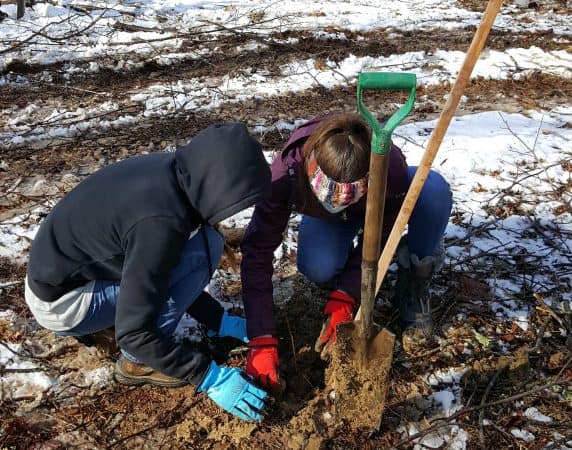
Four EMS students supported an effort to help re-introduce the American Chestnut tree to U.S. soil on a recent chilly Saturday morning in a mountain forest in Hopkins Gap, Virginia, near Gospel Hill Church.
The student volunteers, who have all been active in the school’s sustainability and service efforts, were Elisabeth Fink ’22, Karla Hostetter ’21, Halie Mast ’21, and Sidney Rhodes ’22. They joined former EMS science teacher Lee Good on the outing. Loren Hostetter, originally from Harrisonburg and father of former EMS students, is overseeing the tree research.
Hostetter’s research grows out of his long-time passion for trees and natural resource conservation. He is currently based in Kenya, working for the Canadian Food Grains Bank, and returns to Harrisonburg to visit family. Hostetter contacted Good for EMS student involvement in his research in Virginia. The 36 seedlings planted by the group were placed on land owned by Hostetter’s extended family. See extensive additional coverage on The Citizen and an article in Anabaptist World.
The enormous, majestic American Chestnut once “reigned over 200 million acres of eastern woodlands from Maine to Florida, and from the Piedmont plateau in the Carolinas west to the Ohio Valley,” according to The American Chestnut Foundation. The trees fell to a lethal fungus infestation, known as the chestnut blight, during the first half of the 20th century.
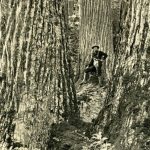
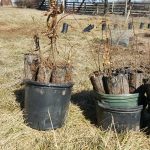
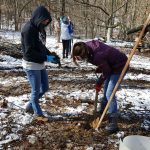
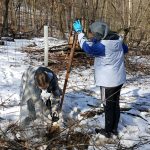
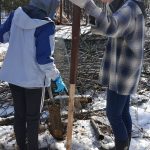
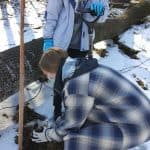
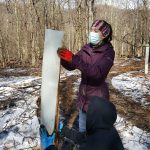
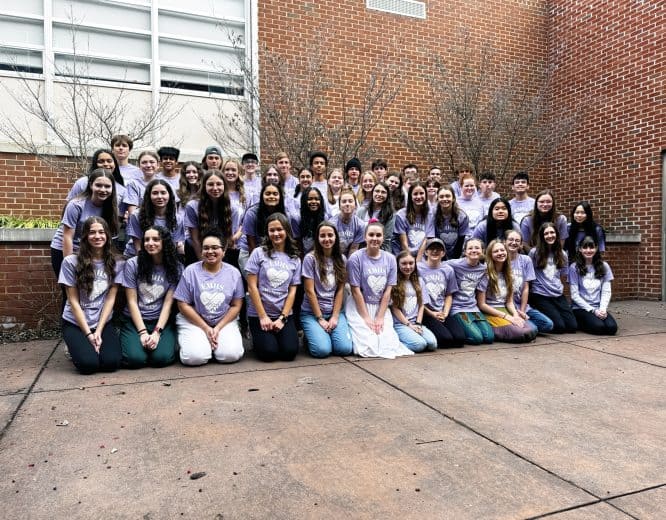
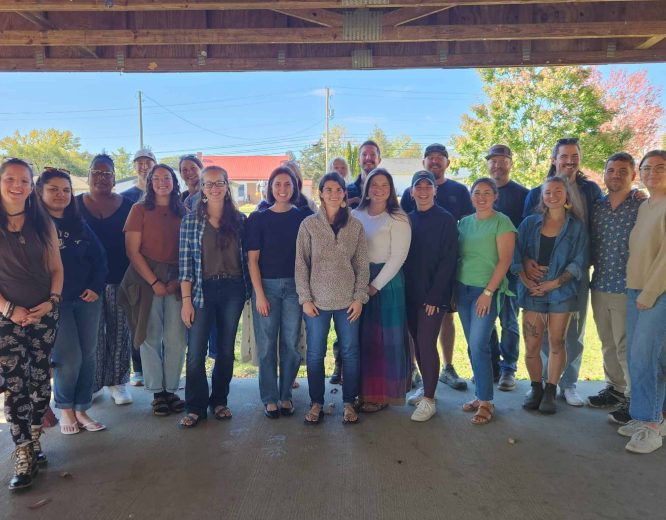
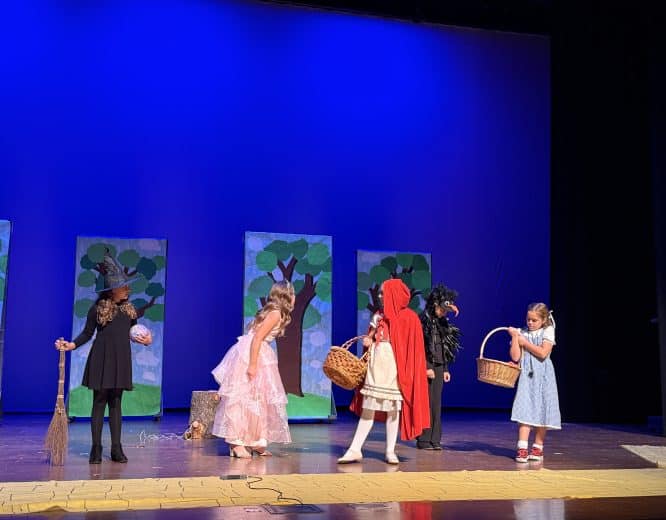
It’s great to learn of the school’s involvement in helping to restore the American chestnut. Blessings. to all.
We have a 200 acre piece of Adirondack forest, privately owned, and we’d be interested in helping with this project by planting out chestnut trees. I’m a horticulturist and know a bit about replanting trees. Couldn’t find an email address to send an inquiry to, but please put us into contact with someone that can help.
We are so happy this story built this connection! We will email you privately with information about connecting. Thank you for writing!
@ Ellen – check out the ACF and ACCF (2 different organizations) online. ACF has a very active chapter in PA. A growing number of nurseries are selling chestnuts seeds or seedlings. I had a beautiful chestnut that started bearing in year 4, and passed 30′ in year 6. Perfect upright form. Plant yourself a bunch and enjoy watching them grow!